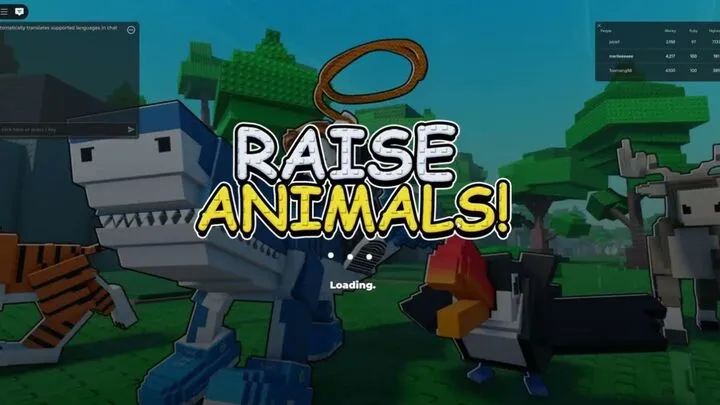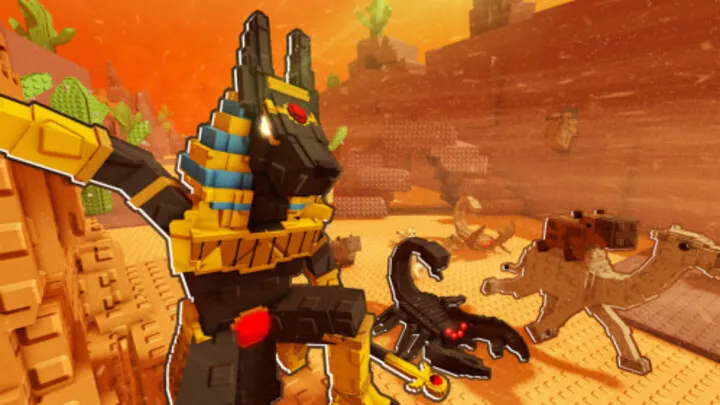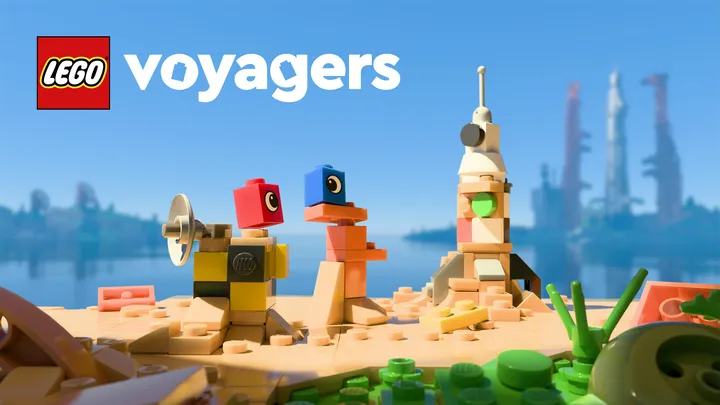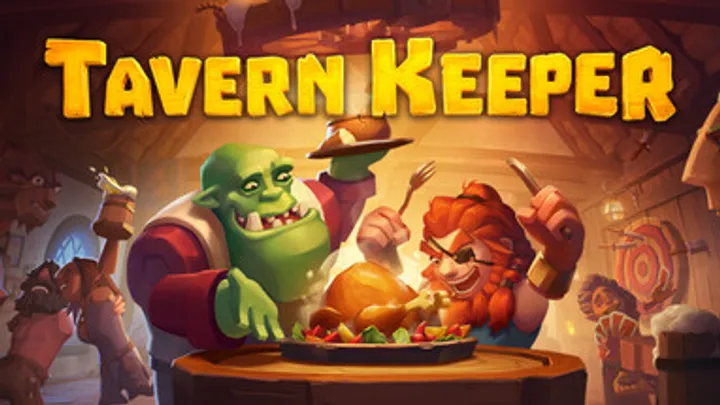Building the perfect habitat in Raise Animals is far more than placing fences, feeding creatures, and decorating zones. It is a long-term developmental journey shaped by environmental design, biome knowledge, creature psychology, resource control, and the invisible rhythm of ecosystem balance. What players often overlook is that the most successful habitats emerge from thoughtful planning rather than reactive fixes. A truly “perfect” habitat is not just efficient—it is alive, dynamic, stable under pressure, adaptive to growth, and visually conveys harmony.
This in-depth guide follows a complete timeline from the earliest steps of habitat construction to the final optimization phase. You will explore habitat progression through 10 structured chapters that reveal not only what decisions to make but why they matter in terms of animal behavior, biome integrity, long-term sustainability, and expansion strategy.
1. Understanding Your Habitat’s Purpose Before You Build
Every perfect habitat begins with a clear purpose, the invisible blueprint that guides all later decisions. Without this foundation, habitat areas become mismatched and chaotic.

Define Habitat Function
Before placing a single tile, decide what your habitat is meant to achieve. Are you raising animals for growth, breeding, farming, or long-term stability? Each goal leads to different layouts and resource structures.
Matching Habitat Goal to Animal Type
Carnivores, herbivores, exotic creatures, and hybrids all require distinct terrain, spacing, and enrichment routines. Linking purpose to species ensures you never waste resources redesigning later.
Early Misconceptions to Avoid
Common mistakes include:
- Designing habitats too large for early control
- Mixing incompatible species
- Ignoring long-term resource strain
- Building without room for evolution and expansion
Knowing your goal early keeps your habitat future-proof.
2. The Early Foundation: Selecting and Preparing the Biome
Biome selection directly shapes animal happiness, growth rate, and maintenance needs. Too often players treat biomes like simple decoration rather than environmental systems.
Matching Animals to Biomes
Each species thrives in specific temperature, humidity, terrain density, and vegetation levels. Choosing a biome that matches natural preference reduces stress drastically.
Preparing the Land
Before placing creatures, prepare the soil, water sources, terrain layers, and vegetation density. Animals adapt better to environments that already feel “authentic.”
Avoiding Over-Modification
A biome becomes unstable when modified too heavily. Over-adjusting terrain can cause:
- Increased upkeep
- Disrupted growth speed
- Habitat stress spikes
- Balance modifications with natural terrain to maintain stability.
3. Structuring the Habitat Layout for Stability
The perfect habitat is defined as much by spacing as by environment. Habitat layout determines creature movement, resource distribution, and stress behavior.

Build Zones With Intent
A well-designed habitat has clearly defined areas for feeding, resting, interaction, and roaming. When these overlap too closely, animals become confused or territorial.
Traffic Flow and Movement Lines
Animals follow movement patterns influenced by instinct. Study these patterns early to avoid obstructions or bottleneck points within the habitat.
The Stability Triangle
Every stable habitat balances three core elements:
- Space
- Accessibility
- Resource proximity
If one triangle point fails, stress rises rapidly.
4. Environmental Enrichment: Crafting a Habitat Animals Feel Alive In
Enrichment is the heart of high-tier habitats. Animals become healthier, happier, and more productive when surrounded by stimulation.
Depth of Enrichment Types
Enrichment goes beyond toys. It includes sensory objects, social zones, climbing structures, digging spots, scent trails, water interactions, and biome micro-structures.
Behavioral Enrichment Cycles
Animals interpret enrichment based on cycles: morning play, noon rest, afternoon exploration. Aligning enrichment with natural rhythms boosts satisfaction.
Common Enrichment Mistakes
- Oversaturation of items
- Placing enrichment too close to barriers
- One item for too many animals
- Ignoring species-specific enrichment desires
5. Managing Population Density and Social Dynamics
Population size is arguably the most influential factor in maintaining perfect habitat harmony.

Social Needs and Conflict Behavior
Some species thrive in groups, others require isolation. Too many animals create resource stress; too few disrupt social instinct.
Hierarchy and Dominance Patterns
Animals establish dominance. Understanding their hierarchy reduces unexpected fights and mating conflicts.
Density Ratios
List of optimal density guidelines:
- Herbivores: moderate herds
- Carnivores: minimal pairs
- Hybrids/exotics: individualized care
6. Implementing Feeding Ecosystems Rather Than Feeding Spots
A perfect habitat treats feeding as an ecosystem, not a static location.
Food Cycle Planning
Animals should forage, wander, and discover food naturally. This reduces stress and improves the environmental simulation.
Distributed Feeding
Spread feeding across the habitat instead of creating a “feeding crowd.”
Water Source Dynamics
Multiple clean water points prevent contamination and reduce aggressive crowding.
7. Monitoring Habitat Health Through Behavioral Analysis
Perfect habitats evolve because players study behavior, not just stats.
What Behavior Reveals
Pacing, hiding, over-sleeping, excessive noise, and aggression are signals of habitat imbalance. Recognizing these early prevents collapse.
The Behavior Map Technique
Document movement patterns at different hours. This helps identify dead zones and overcrowded areas.
Behavior-Based Adjustments
Sometimes the environment looks perfect visually, but behavior exposes hidden flaws.
8. Integrating Upgrades and Technology for Long-Term Sustainability
Advanced tech elevates a habitat from functional to truly perfect.

Smart Habitat Systems
AI feeding, automated cleaning, adaptive climate controls, and predictive resource tools enhance animal autonomy.
Using Tech Without Breaking Immersion
Over-automation can reduce natural animal behavior. Maintain biological authenticity.
Eco-Efficiency Considerations
Balance tech upgrades so energy costs don't surpass habitat production.
Balancing Aesthetics With Function
A perfect habitat is visually beautiful—but beauty must follow function.
Visual Harmony Enhances Animal Mood
Plants, rocks, water, and terrain layering enrich the environment subconsciously.
Natural Landscaping vs. Decorative Landscaping
Natural landscaping (layered terrain, varied foliage) supports biology. Decorative landscaping (statues, lanterns) is for you, not the animals.
Aesthetic Guidelines
- Keep visuals consistent with biome
- Layer height variations
- Use natural edges instead of hard geometric lines
10. Achieving Habitat Perfection: Endgame Optimization
The endgame focus shifts from creation to refinement. Perfect habitats undergo continuous optimization.
Micro-Adjustments
Small tweaks in feeding radius, object spacing, or terrain slope dramatically improve stability.
Seasonal and Event Adaptation
Habitats evolve with seasons. Adapting to weather, breeding cycles, and environmental events ensures long-term success.
Evaluating Perfection
A habitat is perfect when it:
- Stays stable across seasons
- Maintains low stress
- Shows natural social behavior
- Requires minimal intervention
Conclusion
Building the perfect habitat in Raise Animals is a journey that blends instinct, design, science, and observation. A truly flawless habitat is not built in a day—it grows, evolves, and breathes with your care. When biome selection, enrichment cycles, density control, ecological feeding, behavioral observation, and aesthetic balance all align, the environment becomes a living ecosystem where animals thrive without constant supervision. Mastering this art transforms you from a caretaker into a world builder—and your habitat into a masterpiece.

















